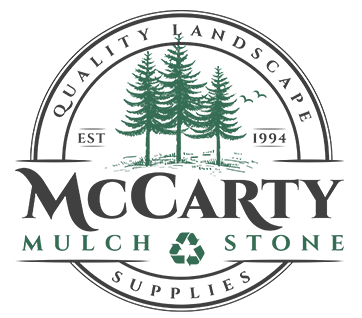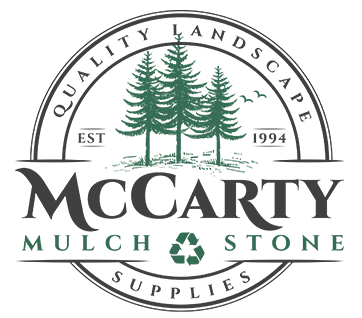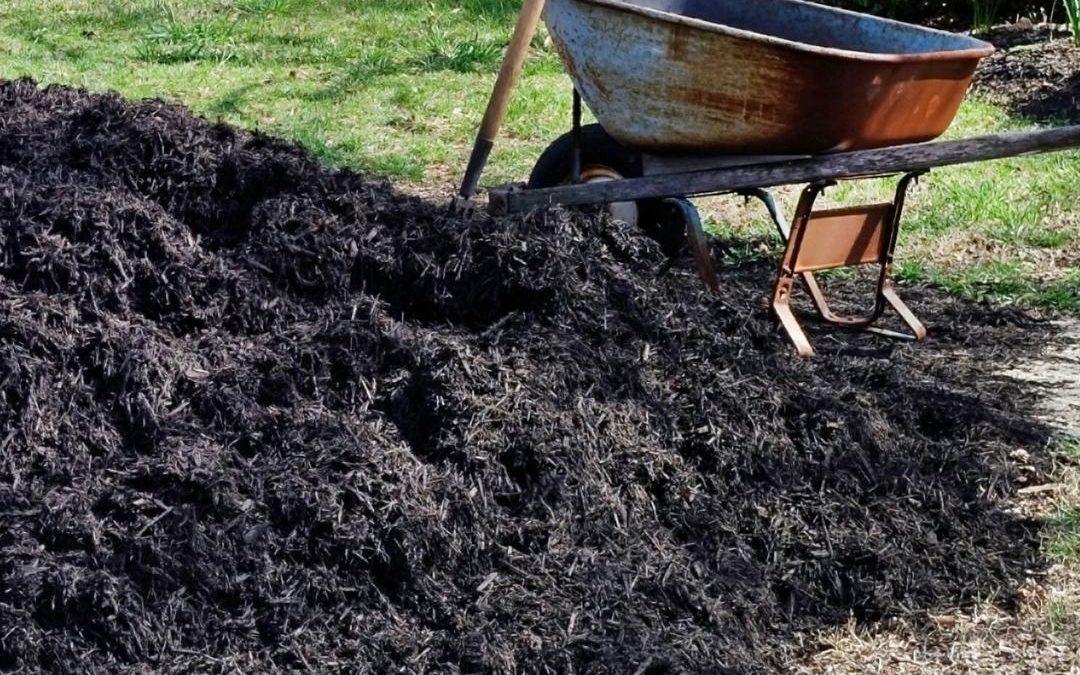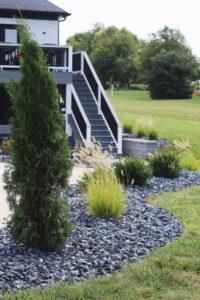Epic Garden Transformations with Mulch and Stone Ideas!
Gardening enthusiasts and homeowners alike are constantly seeking innovative yet straightforward methods to enhance the beauty and functionality of their outdoor spaces. One of the most effective ways to achieve a dramatic transformation in your garden is through the use of two humble materials: mulch and stone. These elements, while often underestimated, hold the power to redefine your garden’s aesthetics, improve soil health, and create a more sustainable landscape. In this comprehensive guide, we’ll explore a variety of stone and mulch tricks that can turn your garden into an epic masterpiece of nature.
Understanding the Basics: Stone and Mulch in the Garden
Before diving into the transformative tricks, it’s crucial to grasp why mulch and stone are so beneficial for your garden. Stone with it’s natural, diverse appearance, offers durability and a timeless aesthetic. It can define spaces, create paths, and add a touch of elegance to any garden. Mulch, on the other hand, is a superhero in disguise. It conserves soil moisture, suppresses weeds, regulates soil temperature, and, as it decomposes, enriches the soil with organic matter.
The Magic of Mulch: A Closer Look
Mulch comes in various forms, including organic options like shredded hardwood, pine bark, cedar and dyed colored varieties along with pine straw. As well as inorganic ones like rubber mulch. Each type has its advantages, but organic mulches are especially beneficial for improving soil fertility and promoting a healthy garden ecosystem.
The Strength of Stone: Versatility and Beauty
Stones can range from pebbles and gravel to larger rocks and boulders. Each type brings a unique texture and color to the garden, allowing for creative design and landscaping. Beyond aesthetics, stones can also create efficient drainage systems and low-maintenance garden areas.
Transformative Tricks for Using Stone and Mulch in Your Garden
1. Define Garden Paths and Walkways
Create inviting paths through your garden by laying down a base of compacted sand or gravel and topping it with decorative stones. Edge these paths with contrasting mulch to highlight the journey through your garden, adding a natural, cohesive look.
2. Craft Stunning Mulch Beds
Mulch beds are not just functional; they’re also beautiful. Use organic mulch to create rich, dark beds around your plants, contrasting brilliantly with the greenery and any stone elements. This not only boosts your garden’s visual appeal but also enhances soil health around your plants.
3. Construct Dry River Beds
A dry river bed made of various sizes of stones, cobblers or boulders can simulate the flow of water, adding a dynamic element to your garden. Surround this feature with mulch to emphasize the “banks” of your river, creating a natural, serene landscape feature that requires minimal maintenance.
4. Implement a Rock Garden
Rock gardens are an excellent way to introduce low-maintenance and drought-resistant elements into your landscape. Combine different sizes and colors of rocks with succulents and other hardy plants, using mulch to fill in gaps and retain moisture in the soil.
5. Create Natural Borders and Edges
Use stones to create natural-looking borders around garden beds, lawns, or pathways. Fill these areas with mulch to create a distinct separation between different sections of your garden, reducing maintenance by suppressing weed growth.
6. Enhance Soil Health with Mulch
Apply a layer of organic mulch around your plants to enhance soil health. This simple trick not only beautifies your garden but also provides vital nutrients to the soil as the mulch decomposes, promoting healthier plant growth.
7. Use Mulch to Combat Weeds
A thick layer of mulch can be an effective barrier against weeds. By covering the soil, mulch prevents weed seeds from receiving the sunlight they need to germinate, significantly reducing the time you spend weeding.
8. Incorporate Decorative Stone Features
Beyond functional uses, rock and stone can serve as decorative features. Consider adding a stone bench, a birdbath, or decorative boulders as focal points in your garden. These elements add permanence and character to the landscape.
9. Mulch for Moisture Conservation
In areas prone to drought, mulch is invaluable for its ability to retain soil moisture. Applying a generous layer around plants will reduce the need for frequent watering, saving both time and water resources.
10. Stone and Mulch Combination for Fire Pits
Design a cozy fire pit area using stones for the pit itself and mulch in surrounding areas to create a soft, inviting space. Ensure to keep a safe distance between the mulch and the fire pit to prevent any fire hazards.
Tailoring Stone and Mulch to Your Garden’s Theme
Whether your garden’s theme is Zen, tropical, cottage, or modern minimalist, stone and mulch can be adapted to enhance its overall look and feel. For a Zen garden, consider using fine gravel or sand for a calming, raked feature. Tropical gardens benefit from larger, colorful stones and rich, dark mulch to highlight vibrant plants. Cottage gardens come to life with winding stone paths and mulched flower beds, while modern minimalist landscapes can leverage the clean lines of geometric stone designs combined with uniform mulch areas.
Conclusion
The transformation of your garden through simple mulch and stone additions is not just about aesthetics; it’s about creating a sustainable, low-maintenance space that benefits both you and the environment. By incorporating these versatile materials into your garden design, you can achieve stunning results that enhance the beauty and functionality of your outdoor space. Remember, the key to a successful garden transformation lies in creativity, thoughtful planning, and a deep understanding of the materials you choose to work with. Happy gardening!





